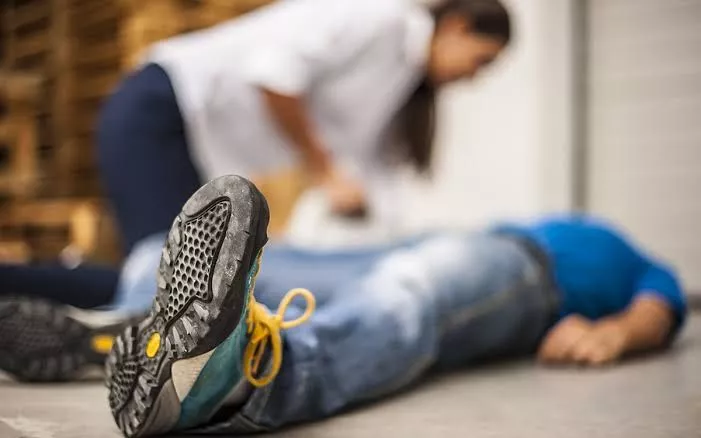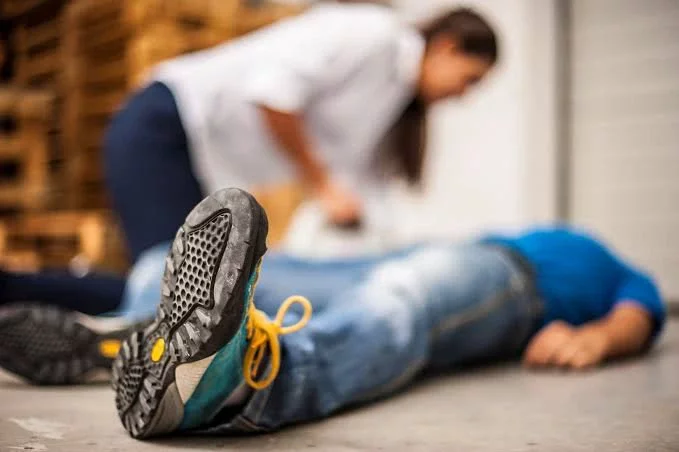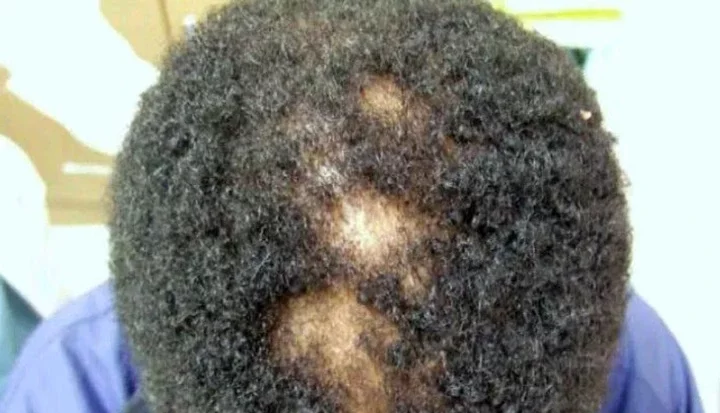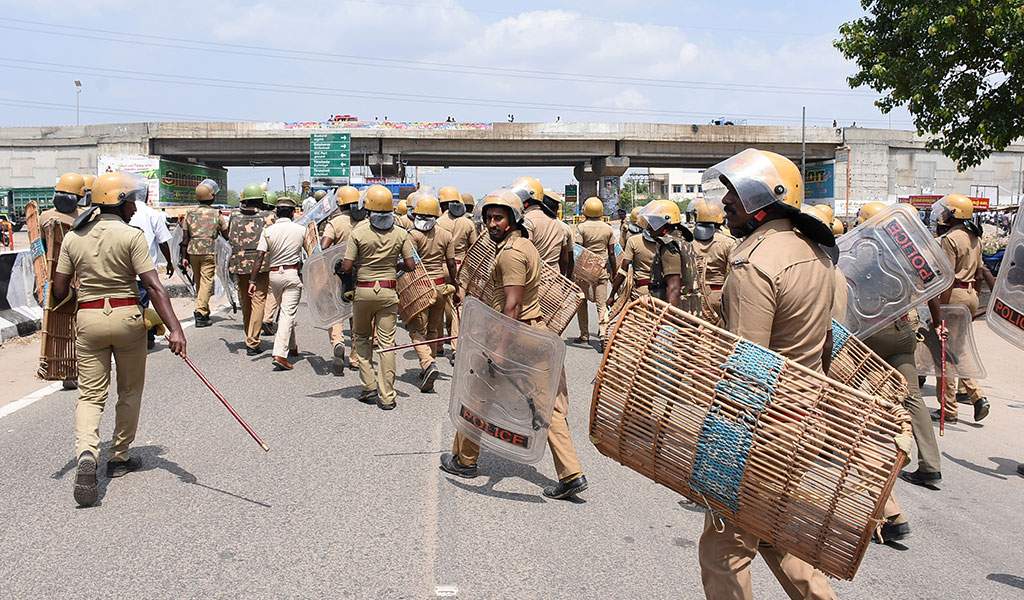
Fainting is a sudden and brief loss of consciousness, often caused by a drop in blood flow to the brain. It can happen to anyone, anywhere, and while it is usually not life-threatening, it requires quick action to ensure the person regains their composure and health swiftly. Here's what you need to do if someone faints in front of you.
Recognizing the Signs of Fainting
Before jumping into action, it's important to recognize the signs of fainting. These may include:
Lightheadedness or dizziness
Nausea
Sweating
Blurred vision
Weakness
When these signs appear, the individual might fall or collapse to the ground. This is often followed by a brief loss of consciousness.
Steps to Take When Someone Faints
Stay Calm and Assess the Situation
The first step is to stay calm. Panic can make the situation more stressful for both you and the fainted person.
Ensure the environment is safe and free from any immediate hazards that could cause further injury, such as sharp objects or traffic.
Check for Breathing and Pulse
Quickly check if the person is breathing and has a pulse. If they are not breathing or you cannot find a pulse, call emergency services immediately and start CPR (Cardiopulmonary Resuscitation). If the person is breathing, proceed with the next steps.
Position the Person Safely
Lay the person flat on their back. If possible, elevate their legs by around 12 inches (30 cm) above their heart level. This helps to improve blood circulation to the brain. Ensure their head is not in a position that could cause neck or spinal injuries.
Loosen Tight Clothing
Remove or loosen any tight clothing, especially around the neck and chest. This will help the person breathe more easily once they regain consciousness.
Make sure to keep them warm with a blanket if needed.
Check for Any Underlying Conditions
If you know the person has a medical condition, such as diabetes or heart issues, mention it when you call for medical help. This can assist emergency responders in providing the most effective care.
Wait for the Person to Regain Consciousness
Let the person regain consciousness naturally. This usually happens within a few minutes. It's important not to try to "wake them up" too quickly or shake them. If they don't regain consciousness within a few minutes, call for emergency assistance immediately.
Reassure Them When They Wake Up
Once the person wakes up, reassure them. Offer water if they are conscious and alert enough to drink. Avoid having them stand up immediately, as they may feel dizzy or faint again. Allow them to rest for a few minutes before helping them sit or stand.
Seek Medical Attention if Necessary
Even if the person regains consciousness, it's always best to seek medical attention. Fainting can sometimes be a sign of an underlying health issue, such as dehydration, a heart condition, or low blood sugar. If the fainting episode was due to injury, such as a fall, or if it happens repeatedly, it's crucial to consult a healthcare professional.
When to Call Emergency Services
If the person does not regain consciousness after a few minutes.
If they are not breathing or do not have a pulse.
If the fainting episode happens repeatedly or if they have a history of heart problems or other serious health conditions.
Conclusion
Fainting is often harmless, but it can be a sign of an underlying health issue. By staying calm, assessing the situation, and following the correct steps, you can ensure the person receives the best care until professional help arrives.
Remember, quick action and knowing what to do in such emergencies can make a world of difference in saving a life.
















Comments